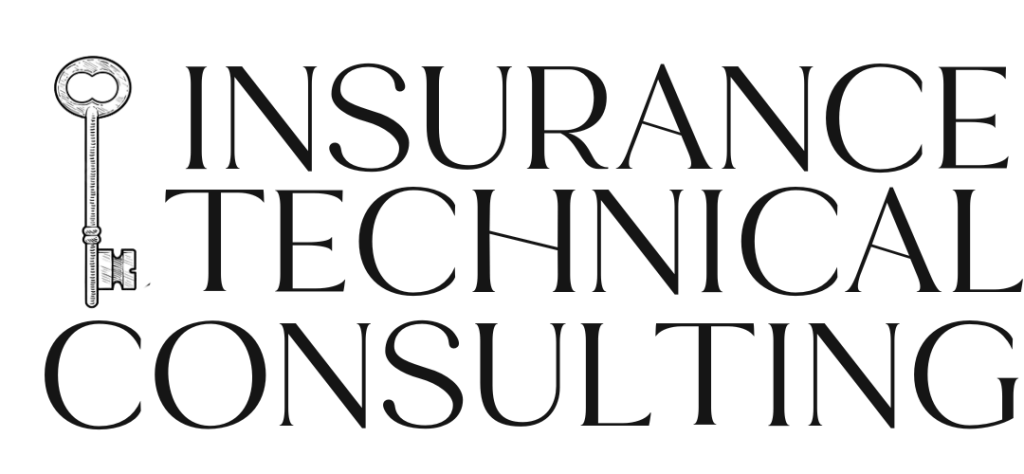
Contemplate these loss scenarios:
- A company manufactures widgets, depending on a main supplier of component parts. The suppliers suspends operations when a truck drives into the building. After current inventory is sold, revenues for the widget manufacturer drop 100%.
- A farm sells all of its vegetables to a national brand of frozen foods. When the nearest processing plant is closed due to storm damage, the farm must find a new buyer or ship its current inventory to a plant further away. The farm chooses a combination of these two options, but still loses 30% of revenues for the quarter.
- A book publishing company uses two companies to print its books. The premises of one of the printers is damaged, and production is suspended. The other printer cannot handle all the overflow. The publisher’s revenues decrease 30%.
- A restaurant near a museum and office buildings generates most of its revenue from nearby employees and visitors to the museum. A fire damages the museum and one office building, but not the restaurant. Revenues drop 50% for the restaurant.
In each of these cases, the insured business (manufacturer, farm, publisher, restaurant) does not sustain physical damage. So, the business will not be able to find coverage under its own Business Income policy. Contingent Business Income, or Dependent Business Income, is needed in all these examples, as the insured business lost revenue due to physical damage to the premises of its dependent businesses.
Most businesses rely in some way on other businesses: for supplies, services, products, or to attract customers. These are called dependent properties because a policyholder business depends on them for its survival. If a policyholder depends on a limited number of manufacturers, customers, suppliers, or customer attraction, Dependent Business Income should be considered. This usually is even more important if a good or service is custom-made for the insured, or comes from remote locations.
ISO has five forms that provide Dependent Business Income coverage. The forms will be discussed in next week’s post. Note, however, that companies which provide coverage generally have broader terms than ISO uses.
There are four types of dependent locations:
- Contributing – think “suppliers,” whether that is parts, materials, or services. The suppliers to the widget manufacturer are the dependent contributing locations in the example above.
- Recipient – think “buyers.” In the farm example, the frozen food processing plant is the dependent recipient location.
- Manufacturing – think “providers.” In the publishing example above, the printer is the dependent manufacturing location.
- Leader Locations – think of anchor stores or other attractions of foot traffic. In the restaurant example, the museum and office building are the dependent leader locations.
Note that utility companies (water, power, communications) are excluded as dependent locations. This exposure should be insured by off premises utility coverage. Look for a post on this topic in two weeks.
In addition, a loss to data only at a dependent property is not covered. This coverage may be available on a Cyber policy.
Do your validating producers understand Business Income, or know where to learn about it? Insurance Technical Consulting specializes in one-on-one mentoring of commercial producers so they gain confidence in what they are selling and make fewer errors. Save your agency time with potential to increase revenue and reduce E&O costs. Explore the website at InsuranceTechnicalConsulting.com for more information.
Share Post :
